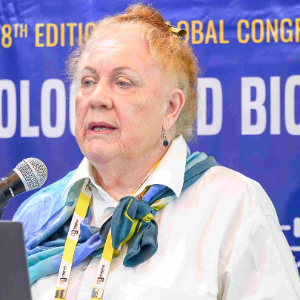Medicinal plants
Medicinal plants stand as venerable allies in the realm of traditional medicine, their significance spanning centuries and cultures, offering a wealth of natural compounds with therapeutic properties. Rooted in the rich tapestry of botanical diversity, these plants are distinguished by their unique biochemical constituents, which have been harnessed across generations for their healing virtues, addressing a myriad of health concerns and nurturing overall well-being. Take, for instance, the aloe vera plant, revered for its emollient and soothing properties, providing relief for skin irritations and burns—a remedy known since ancient times. Similarly, the ginseng root emerges as a prized botanical gem, celebrated for its adaptogenic qualities that bolster resilience to stress and support vitality—a revered herb in traditional medicine systems around the globe. Beyond their immediate symptomatic relief, medicinal plants often serve as reservoirs of pharmacological potential, offering compounds that serve as the foundation for pharmaceutical drugs. Consider the cinchona tree, whose bark yields quinine—a pivotal compound in the treatment of malaria, heralded as one of the earliest examples of plant-derived medicines making significant contributions to modern healthcare. The exploration of ethnobotany and traditional knowledge has been instrumental in uncovering and validating the medicinal properties of numerous plants, honed through generations of empirical observation and cultural wisdom. This interdisciplinary field has shed light on the intricate relationship between people and plants, revealing hidden treasures of therapeutic value and unlocking novel avenues for drug discovery and development. As society's interest in natural remedies continues to burgeon, the imperative of sustainable cultivation and conservation of medicinal plants becomes increasingly pronounced. Ensuring the responsible stewardship of these invaluable botanical resources is paramount, safeguarding their continued availability for future generations and mitigating the risks of overharvesting and habitat destruction. In essence, medicinal plants epitomize the enduring synergy between nature and humanity, offering a testament to the profound healing potential inherent in the botanical realm. As we navigate the complexities of modern healthcare, the wisdom of traditional medicine systems and the bounty of nature's pharmacopeia serve as invaluable guides, enriching our understanding and appreciation of the therapeutic wonders that abound in the plant kingdom.

Mohammad Babadoost
University of Illinois, United States
Mary Cole
The University of Melbourne, Australia
Valasia Iakovoglou
UNESCO chair Con-E-Ect, International Hellenic University, Greece
Satya S S Narina
Virginia State University, United States
Sara Hailemariam
Purdue University, United States
Midhat Mahboob
Lincoln University, New Zealand


Title : Exploring the genetic diversity in tannin-rich forages to explain the large intra species variability in tannin content
Selina Sterup Moore, Aarhus University, Denmark
Title : Isolation and functional properties of biomolecules of plants and its application
Balagopalan Unni, GEMS Arts & Science College (Autonomous), India
Title : Primed for the future: PGPR and the promise of sustainable, heritable crop resilience
Prashant Singh, Banaras Hindu University (BHU), India
Title : Revealing allelic variations in candidate genes associated with grain yield under salinity stress between two contrasting rice genotypes
Nisha Sulari Kottearachchi, Wayamba University of Sri Lanka, Sri Lanka
Title : Adaptive strategies of Aristida L. species across ecological zones of Pakistan: Linking soil characteristics with morphological and physiological traits
Iram Ijaz, University of Agriculture Faisalabad Pakistan, Pakistan
Title : Ethnobotanical survey and abundance of weeds in selected Manihot esculenta (cassava) Crantz farms in Osun state, Nigeria
Dada Caleb Mayokun, University of Ibadan, Nigeria